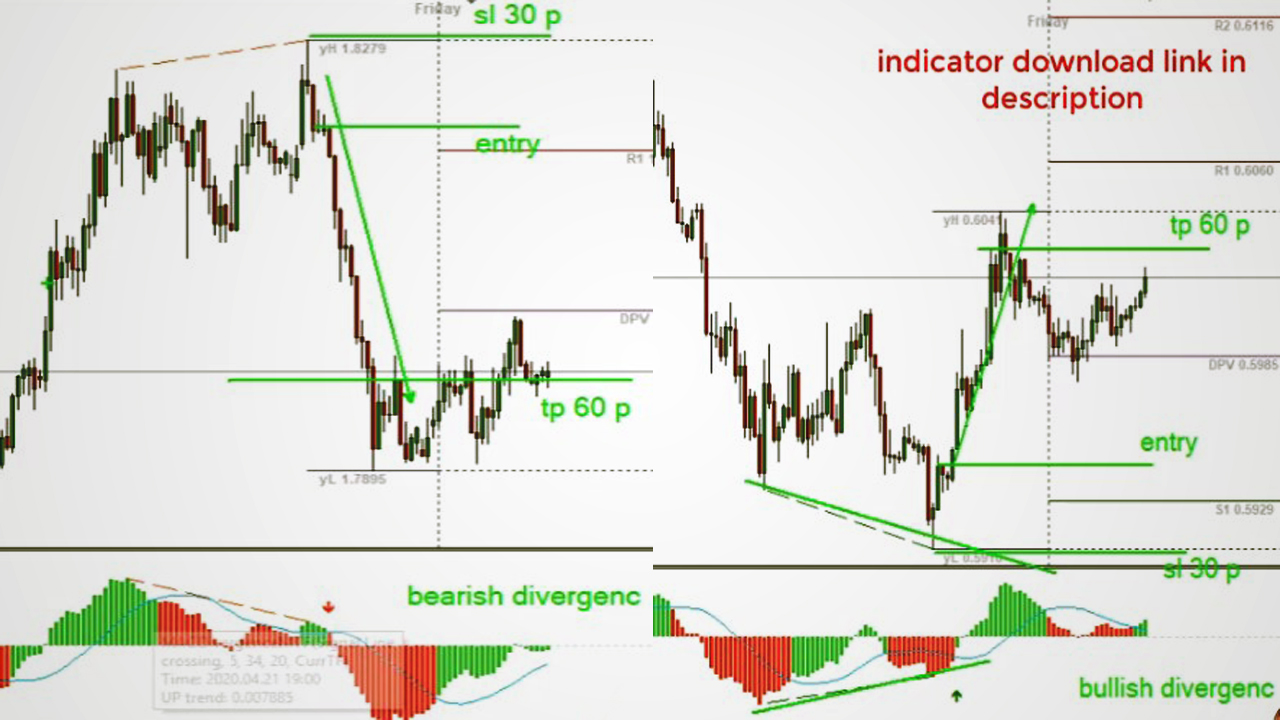Do indicators assist in trading?

Indicators could be helpful tools in trading when used appropriately and in conjunction with different types of analysis and risk administration methods. Here are some methods during which indicators can help traders:
Trend Identification: Indicators can help merchants determine the course of worth developments, whether they're bullish (rising prices) or bearish (falling prices). This info is essential for trend-following methods.
Confirmation of Trends: Indicators can confirm the presence of a pattern, providing further confidence within the course of price movements. This affirmation could be significantly useful for trend-following traders.

Reversal Identification: Some indicators are designed to detect potential trend reversals or changes in market sentiment. These indicators help merchants identify points at which tendencies could additionally be exhausted or reversing.
Momentum Assessment: Indicators measure the energy and momentum of price movements. This information is essential for gauging the force behind value trends and potential shifts in momentum.
Overbought and https://www.forexcracked.com/forex-indicator/ : Oscillators, such as the Relative Strength Index (RSI) and Stochastic Oscillator, assist identify overbought (potentially overvalued) and oversold (potentially undervalued) conditions, which might signal potential reversals.
Volatility Measurement: Indicators like Bollinger Bands and Average True Range (ATR) provide insights into market volatility. High volatility can present both alternatives and risks for traders.
Support and Resistance Levels: Technical indicators may help merchants establish potential help (price ranges the place buying interest is expected) and resistance (price levels the place selling curiosity is expected) areas.
Timing of Trades: Indicators can assist traders in timing their trades by offering entry and exit alerts based on particular circumstances or crossovers.
Risk Management: By using indicators to set stop-loss and take-profit ranges, traders can implement threat administration methods to restrict potential losses and shield their capital.
Filtering Noise: Technical indicators may help filter out noise or short-term fluctuations in value information, permitting merchants to concentrate on the more vital worth actions and trends.
Pattern Recognition: Some indicators, like shifting averages and trendlines, can help merchants establish chart patterns, such as head and shoulders, flags, and triangles, which can inform buying and selling choices.
Objective Analysis: Indicators present merchants with objective, data-driven data, decreasing the affect of emotions in trading decisions.
While indicators may be valuable instruments, it is important to notice that they aren't foolproof and shouldn't be relied upon exclusively. Here are some necessary considerations for utilizing indicators successfully:
Combination with Other Analysis: Indicators are most effective when used at the side of other types of evaluation, together with elementary analysis, sentiment analysis, and price action analysis.
Adaptation to Market Conditions: Traders should choose indicators that align with the present market circumstances and modify their methods as market dynamics change.
Risk Management: Proper danger management, including setting stop-loss orders and managing position sizes, is essential for shielding capital.
Continuous Learning: Traders should constantly learn and adapt their methods based on changing market situations and their own trading experiences.
Ultimately, the effectiveness of indicators in trading depends on a trader's ability, expertise, discipline, and the considerate integration of indicators into their overall trading plan. Successful buying and selling usually involves a mix of instruments and techniques, with indicators being just one part of the puzzle..
